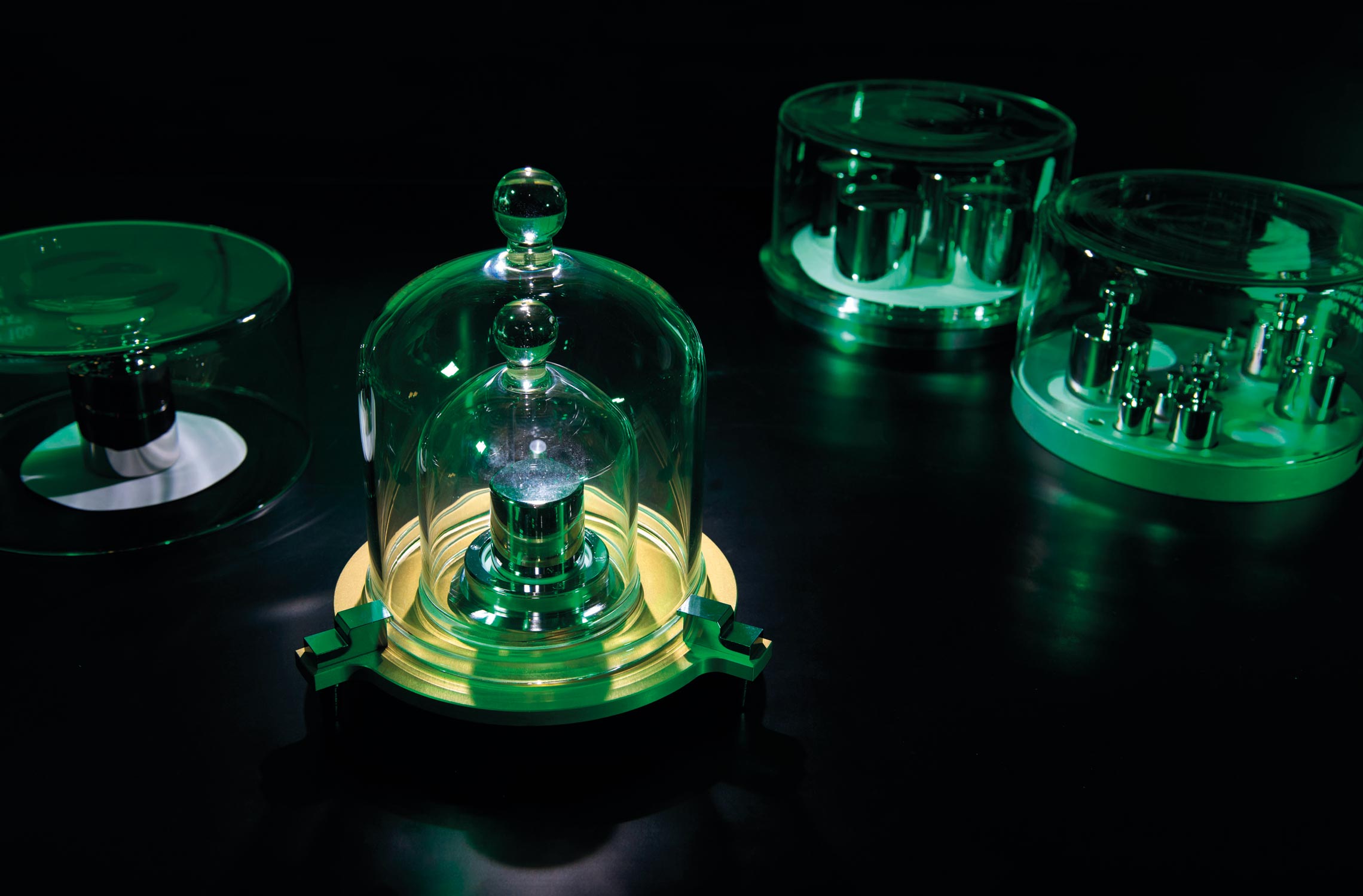Representatives of the 60 member countries of the General Conference on Weights and Measures (French: Conférence générale des poids et mesures, CGPM), which ensures the uniformity of international measurement systems, met in Versailles, France, in November, and unanimously approved a change to how the kilogram is measured. The kilogram was the last of the seven fundamental units to be measured on the basis of a physical object: a platinum-iridium alloy cylinder slightly larger than a golf ball, with a mass equal to 1 liter of pure water, stored in a vacuum since 1889. The objects used to measure other units had already been replaced with physical constants—universal quantities that, in principle, cannot change over time. The kilogram will now be measured using the Planck constant. Proposed in 1900 by German physicist Max Planck (1858–1947), this constant, represented by the letter h, establishes a relationship between the energy of light particles (photons) and the frequency at which they vibrate. It is measured as a unit of energy (joule) multiplied by a unit of time (second) and describes the phenomena of elementary particles (see Pesquisa FAPESP issue no. 256). Although it does not affect the market on a day-to-day level, changing the way kilograms are measured is important to physics and international trade.
RepublishPhysics
New standard approved for measuring a kilogram

A copy of the metal cylinder which is no longer the international standard for the kilogram
J. L. LEE / NIST